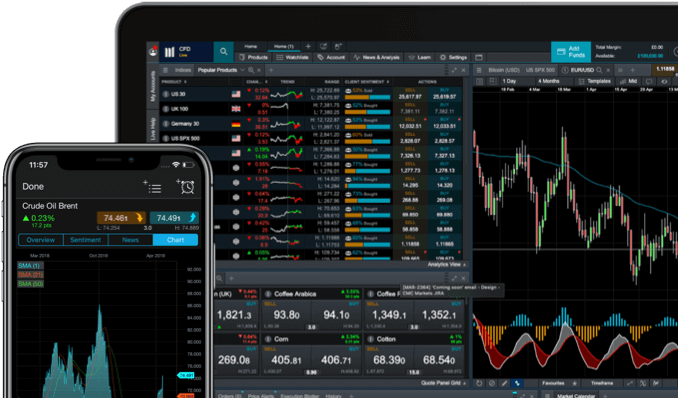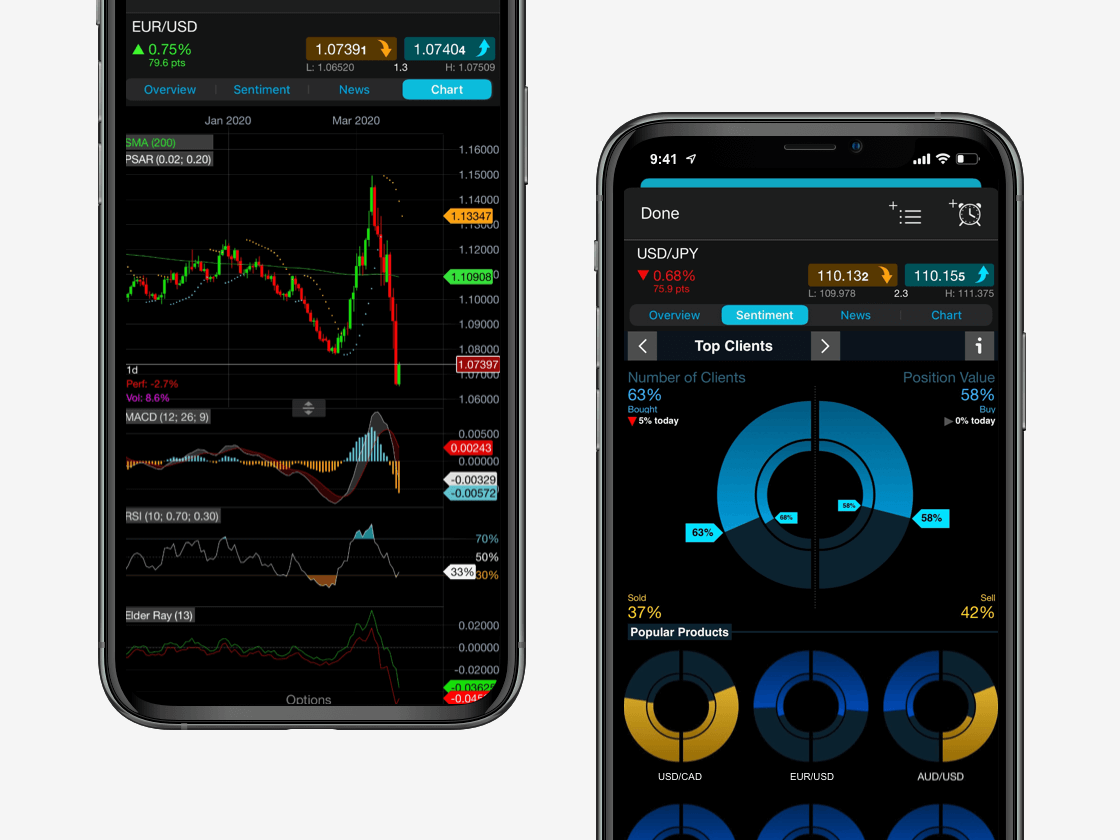A maintenance margin is the least amount of money a portfolio account must have in order to keep a leveraged position open. If an account falls below the maintenance margin level, the trader will be closed out of the position. At CMC Markets, our maintenance margin level is 50% of the initial margin.
An initial margin is the amount of capital required in the account to make a trade in the first place. If a position drops to 80% of the initial margin level, a margin call is triggered, telling the trader that they need to add more money to the account before they hit the maintenance margin level where their position will be liquidated.
Maintenance margin is only applicable when spread betting or trading CFDs using margin, which is the same as leverage.


















